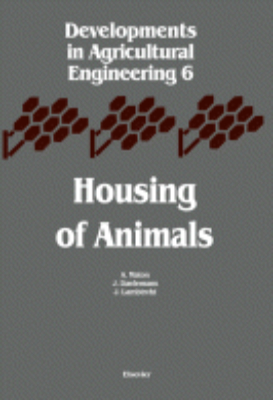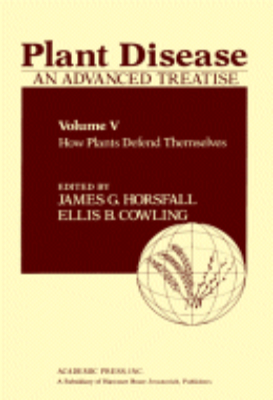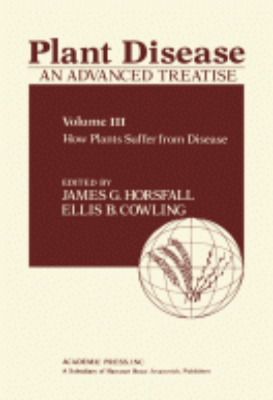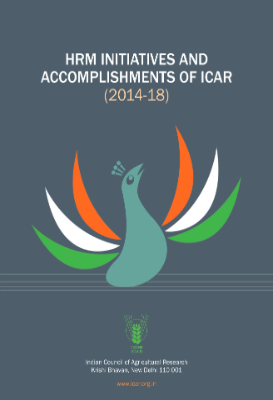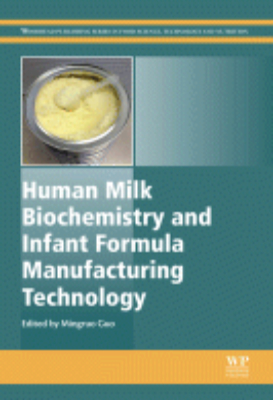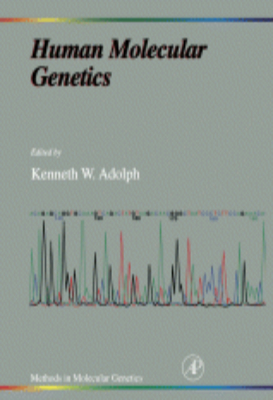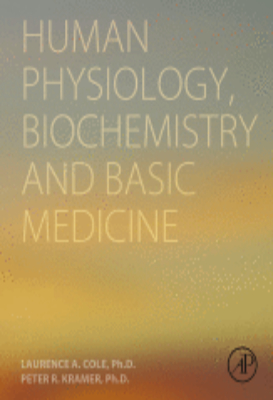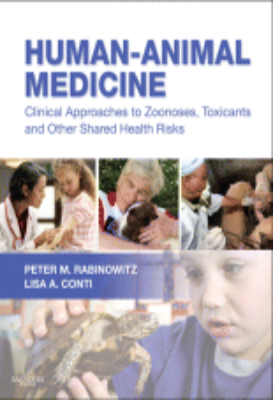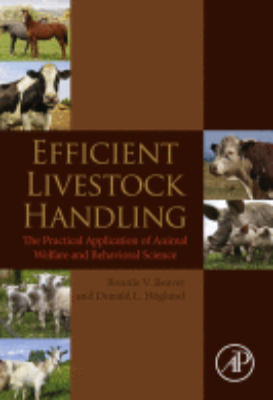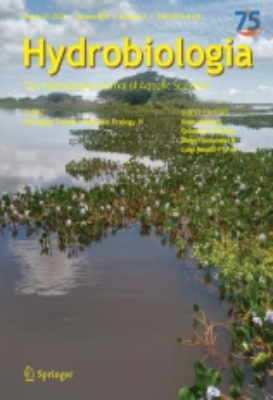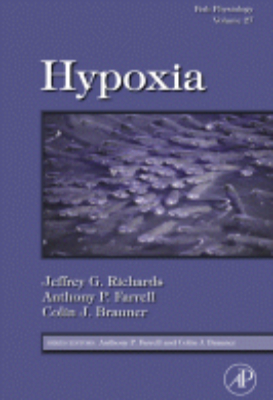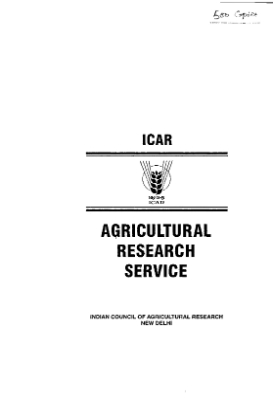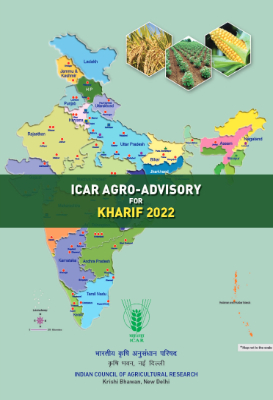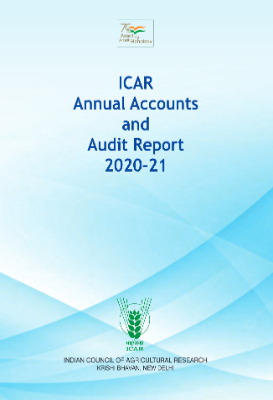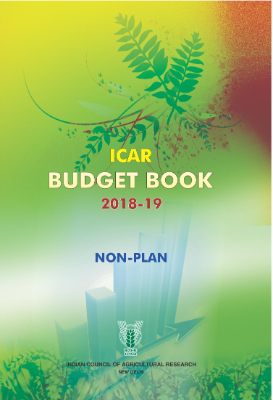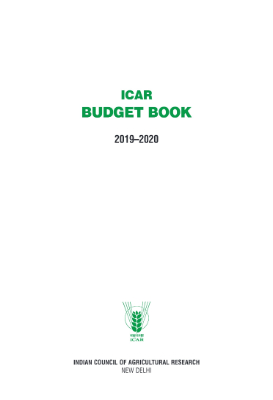E-Resources
How Plants Defend Themselves
Plant Disease An Advanced Treatise, Volume V: How Plants Defend Themselves describes the active, passive, physical, chemical, mechanical, and physiological defense systems of plants against the pathogens. Divided into 23 chapters, this volume discusses theories, experimental approaches, and ways to help plant defend themselves. The opening chapters of this volume deal with certain general aspects of plant defense, such as the theories of tolerance to disease and the time sequence of defense, including a dynamic model of defense. A chapter discusses how plant populations defend themselves in natural ecosystem and the implications of disease management on agroecosystems. Considerable chapters examine the defense by the host by analogy with defense of a medieval castle, such as perimeter, internal, and chemical defenses. Discussions on the defenses triggered by the invading pathogen; recognition and compatibility phenomena; the concept of hypersensitivity; the role of phytoalexins in defense; and the metabolic detoxification done by plants to suffer less damage from toxins are provided. This volume also discusses the theory and mechanisms of hypovirulence and hyperparasitism. The concluding chapters summarize the effects of numerous nutrients on disease and the mechanisms involved. This volume is an invaluable source for plant pathologists, mycologists, advanced researches, and graduate students.
How Plants Suffer from Disease
Plant Diseases An Advanced Treatise, Volume III: How Plants Suffer from Disease deals with the mechanism on how individual plants suffer from disease. Organized into 19 chapters, this volume discusses plant growth, the conceptual theory of disease development in plants, and the occurrence of different kinds of impairment in diseased plant system. The opening chapters outline the array of physiological functions that are essential in the growth and development of healthy plants. This text also describes the effect of disease on the capture, transfer, and utilization of energy by plants. The subsequent chapters discuss specific types of dysfunction in plant system, including food flow, water system, mineral nutrition, and growth alteration. Other chapters deal with other plant diseases, such as crown gall, teratoma, dysfunction and shortfalls of symbiont responses, disrupted reproduction, and tissue disintegration. This volume also examines various physical factors of the environment that impose mechanical or other physical stresses on plants. It also discusses the engineering mechanics of growing plants and the effect of various pathogens and microorganisms on plant strength and plant organ structural integrity. Other chapters deal with the effect of disease on cell membrane and permeability and on intermediary plant metabolism. The concluding chapters cover the genetic aspects of diseased plants and the diseases that induce senescence and diseases that senescence induced. This volume is an invaluable source for plant pathologists and researchers, mycologists, virologists, and graduate students.
Human Cytogenetics
Human Cytogenetics: Clinical Cytogenetics, Volume II presents the general theoretical principles and clinical aspects of cytogenetics, a branch of genetics that deals specifically with the study of the chromosomes. The volume focuses on the clinical cytogenetics of human. It discusses the sex chromosomes and their abnormalities and the abnormalities of sexual development and differentiation; mechanism of sex determination in mammals; major autosomal abnormalities found in human populations; and chromosome abnormalities in relation to human pregnancy wastage and chromosome changes in neoplasia. The book will be a great reference book for geneticists, cytogeneticists, pathologists, clinicians, and medical students.
Human Milk Biochemistry And Infant Formula Manufacturing Technology
"Since infant formula substitutes for human milk, its composition must match that of human milk as closely as possible. Quality control of infant formula is also essential to ensure product safety, as infants are particularly vulnerable food consumers. This book reviews the latest research into human milk biochemistry and best practice in infant formula processing technology and quality control. Key Features. The most up to date reference on infant formula processing technology. Reviews both human milk biochemistry and infant formula processing technology for broad and applied coverage. Focusses exclusively on infant formulae"
Human Physiology Biochemistry and Basic Medicine
"Human Physiology, Biochemistry and Basic Medicine is a unique perspective that draws together human biology, physiology, biochemistry, nutrition, and cell biology in one comprehensive volume. In this way, it is uniquely qualified to address the needs of the emerging field of humanology, a holistic approach to understanding the biology of humans and how they are distinguished from other animals. Coverage starts with human anatomy and physiology and the details of the workings of all parts of the male and female body. Next, coverage of human biochemistry and how sugars, fats, and amino acids are made and digested is discussed, as is human basic medicine, covering the science of diseases and human evolution and pseudo-evolution. The book concludes with coverage of basic human nutrition, diseases, and treatments, and contains broad coverage that will give the reader an understanding of the entire human picture. Key Features. Covers the physiology, anatomy, nutrition, biochemistry and cell biology of humans, showing how they are distinguished from other animals. Includes medical literature and internet references, example test questions, and a list of pertinent words at the end of each chapter. Provides unique perspective into all aspects of what makes up and controls humans"
Human-Animal Medicine
"Human-Animal Medicine is an innovative reference exploring the unprecedented convergence of human, animal, and environmental health, triggering global pandemics and requiring new clinical paradigms. The ""One Health"" approach calls for greater communication and cooperation between human health care providers, public health professionals, and veterinarians to better address vital issues of emerging diseases and environmental change. This incredibly timely book provides, for the first time, practical guidelines for ""One Health"" collaborations in a wide range of clinical human-animal health issues, including the H1N1 virus, zoonotic diseases, the human-animal bond, animal allergy, bites and stings, and animals as ""sentinels"" for toxic environmental health hazards. Key Features. UNIQUE! For each condition, specific steps human health care providers, veterinarians, and public health professionals must take to prevent and manage disease.. UNIQUE! Comparative tables of disease signs, diagnosis and treatment in humans and animals for easy reference.. UNIQUE! Guidelines to detect and improve environmental factors affecting the health of humans and animals.. Occupational health guidelines for preventive care of animal workers including veterinary personnel, farmers, pet store employees, and zoo workers.. Treatment of emerging disease issues including zoonoses, H1N1 virus, harmful algae blooms, and animal-related pesticides. UNIQUE! Sample protocols facilitate professional communication between veterinarians, human health clinicians, and public health professionals.. Legal and ethical aspects of ""One Health"" that human health providers and veterinarians need to know."
Humane Handling of Livestock
"Efficient Livestock Handling: The Practical Application of Animal Welfare and Behavioral Science brings together the science-based disciplines of animal behavior and welfare to discuss how knowledge of one area (behavior) can be used to promote the other. Emphasis is on cattle and horses, but swine, sheep, and goats are also covered. Three major areas are included and integrated into a practical approach to working with the various species. Basic behavior as it applies to handling is discussed, with differences noted between species. The connections of behavior and handling are covered, and practical applications discussed, both with a liberal use of pictures and videos to bring the concepts to life. Key Features. Incorporates a clear, approachable style for researchers and practitioners alike, facilitating understanding of the techniques described. Features supplementary video content on a companion site, providing practical demonstration of the topics discussed in the work and a useful tool for learning the concepts presented. Includes extensive references, increasing the book's utility for serious researchers as well as those who want to implement better handling practices"
ICAR Budget Book 2021-22
The Indian Council of Agricultural Research (ICAR) is an autonomous organization at the national level
responsible for the organization and management of research, education and extension in the field of agriculture,
animal sciences and fisheries. The ICAR operates national research and training network consisting of a
number of diversified institutions, viz. Central Research Institutes (CRIs), National Research Centers (NRCs),
Project Directorates (PDs), Project Coordinating Units (PCUs), etc. The ICAR has, thus, been instrumental in
the establishment of innovative institutions for higher education, research and extension training. It has provided
not only developmental assistance and technical guidance but has helped in developing appropriate institutional
models and research strategies.
In the furtherance of its objectives, the ICAR receives budgetary support from the Government under the
bye-laws of the ICAR, by way of :-
(i) Government of India grants;
(ii) Other sources (Internal Resource Generation)
ICAR has fully implemented the Treasury Single Account system with effect from 1st August, 2020. Due
to merger of Plan & Non-Plan Budget from the year 2017-18, the Government?s classification will be done on
Revenue and Capital. The total expenditure to be met out of the Government of India grants has been divided
in three components under Grant for Creation of Capital Assets, Grant-in-Aid-Salary & Grant-in-Aid General
including Pension in respect of various subject matter division, which are further divided into components i.e.
Other than NEH, TSP, SCSP, NEH, TSP and SCSP.
The Budget Book of ICAR comprises of information on summary of Government grant, revenue receipts and
targets, division wise and unit-wise allocation i.e Budget estimates, revised estimates and Actual expenditure
(Part I-VI).
Part-VII gives summary of the cadre strength of Scientists and other categories.
ICAR now and ahead…
The Indian Council of Agricultural Research is an autonomous apex body responsible for the organization and management of research and education in all disciplines of agricultural sciences: It has been reorganized twice. In 1965, the ICAR became the nodal agency for coordinating agricultural research in the country. It gained administrative control over the various institutes and commodity research institutes. Late Dr B.P. Pal took over as the first scientist VicePresident. Dr Pal instituted the Alndia Coordinated Research Projects on various crops to integrate different disciplines and different institutions and universities for an effective national grid of coordinated experiments, He has been internationally acclaimed for this contribution. In 1973, the Agricultural Research Service (ARS) was started by Dr M.S. Swaminathan, the first Director-General and Secretary to the Government of India, and Dr Pal?s successor, to enable scientists to move to other institutes within the system or sister organizations ? the CSIR, BARC, etc.
ICAR technologies Biofertilizers
Soil is a dynamic living entity wherein several self regulatory
mechanisms are operated through the constituent living organisms.
Microorganisms play a major role in keeping soils live through its
ecosystem services like solubilization of minerals, recycling of organic
matter, bioremediation and soil formation. Post green revolution,
self sufficiency in food grain production was achieved through
the use of high yielding varieties responsive to chemical fertilizers.
However, indiscriminate use of chemical fertilizers has resulted
in deterioration of soil health leading to shift in emphasis towards
sustainable agriculture. Use of biofertilizers for nutrient management
is an integral component of sustainable agriculture.
Biofertilizers contain different plant associated microorganisms
that enhance plant growth and improve yield and quality of the
produce through supply of adequate nutrients. Nitrogen fixers,
P-solubilizers and mobilizers are the traditionally known biofertilizers.
With the advancement of science, new groups of biofertilizers kept on
adding to the list, a few to name are K-solubilizers, Zn-solubilizers
and consortia supplying different nutrients. In addition to supply of
nutrients to crop plants, many of these microbes help the plants to
tolerate abiotic stresses.
Indian Council of Agricultural Research recognized the
importance of Biofertilizers and started AICRP on Biological Nitrogen
fixation in 1976, which was renamed as All India Network Project on
Soil Biodiversity-Biofertilizers in 2008. These coordinated projects
and the constituent institutes of ICAR have developed a large number
of biofertilizers for different field and horticultural crops. In 2014, the
Govt. of India initiated National Mission on Sustainable Agriculture
(NMSA) where use of biofertilizers is being promoted to improve soil
health. Though a lot of efforts have been made on the development and popularization of biofertilizers, the usage of biofertilizers is not
at the expected level. The distribution of production and usage across
the country is also skewed with south zone dominating both in terms
of production and consumption of biofertilizers. Popularization of
biofertilizers developed by ICAR is the immediate concern.
This compendium entitled ?ICAR Technologies: Biofertilizers
for Sustainable Crop Production? is a compilation of validated
biofertilizers developed by constituent ICAR institutes over the
decades. I am hopeful that this publication would be useful for
researchers, scientists, students and other stakeholders interested in
this area. It would also help to popularize the biofertilizer technologies
developed by ICAR.
Icar Technologies Biopesticides FOR ECO-FRIENDLY PEST MANAGEMENT
Indiscriminate use of chemical fertilizers and pesticides post
green revolution taught us a tough lesson that sustainable utilization of
the resources is the way forward for prolonged growth in agricultural
production sans deterioration of soil health. Just as biofertilizers are
emerging as green alternative to chemical fertilizers, biopesticides
have a huge role to play in sustainable management of crop pests
and pathogens. In contrast to chemical pesticides, application of
ecofriendly biopesticides does not lead to development of any
resistance in pests and pathogens. Still this sustainable alternative is
struggling to find its place in the market over its chemical counterpart
owing to technological challenges and acceptance among the farming
community.
National Policy for Farmers (NPF), 2007, which aims to improve
economic viability of farming and increase net income of farmers,
strongly recommends the promotion of biopesticides. In spite of these
efforts the biopesticides represent only 4.2% of the overall pesticide
market in India compared to 40% in USA and 20% each in Europe
and Oceanic countries.
Indian Council of Agricultural Research, recognizing the
importance of biopesticides started All India Coordinated Research
Project (AICRP) on Biological control of Crop Pests and Weeds
way back in 1977. Since the inception of this project different
ICAR institutes accelerated the works on biocontrol and developed
biopesticides against a number of crop pests and diseases. At present
more than 970 biopesticide products have been registered with
Central Insecticide Board and Registration Committee (CIB & RC)
which is a governing body for insecticide registration in India. Most
biopesticide producing companies are dependent on either a single
strain or a handful of microbes for commercial production. Most ofthe times, the products developed using these strains have limited
application and their activity range is narrow. To overcome this issue,
there should be many bioagents available that are active against a
wide range of pests and pathogens. Once there is availability of many
bioagents to select upon, the challenges faced by biopesticides in the
market can be handled well.
This compendium entitled ?ICAR Technologies: Biopesticides
for Eco-friendly Pest Management? is a compilation of microbial
formulations developed by ICAR against crop pests and pathogens
that are at various stages of registration and commercialization. It can
be a useful source of information for students, researchers, scientists,
entrepreneurs and most importantly farming community and policy
makers.

